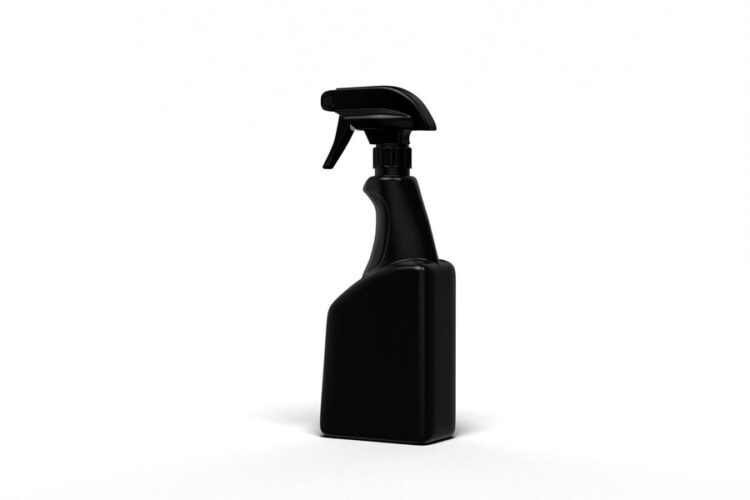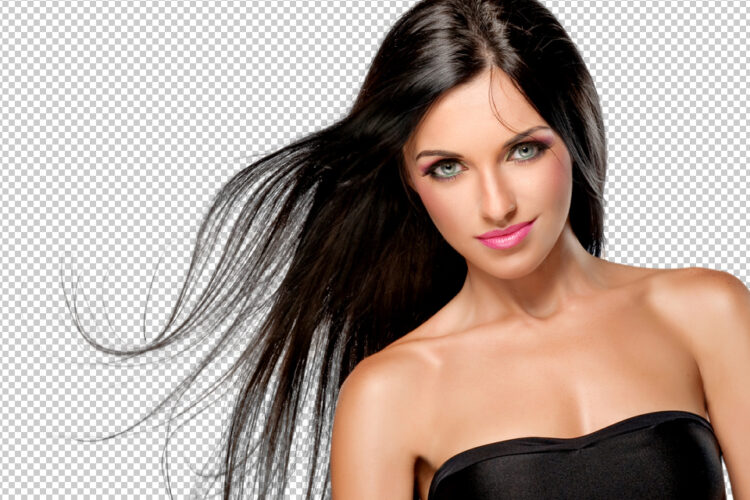
Image Masking vs. Background Removal: When to Use Each Technique
Image Masking vs. Background Removal: When to Use Each Technique
In today’s digital world, high-quality images play a key role in everything from e-commerce and advertising to personal branding and social media. Often, editing these images involves either background removal or image masking. But what exactly do these techniques mean, and how do you know when to use one over the other? In this blog, we’ll break down the differences between image masking and background removal in simple terms and explain when each method is best suited for your needs.
What is Background Removal?

Background Removal
Background removal is a basic photo editing process that involves cutting out or erasing the background of an image to isolate the subject. This technique is commonly used when the subject has clear, sharp edges, such as products, logos, or people in professional headshots.
In background removal, the focus is usually on objects with well-defined borders that can be easily separated from the background with tools like the “magic wand” or “lasso tool” in editing software. This is often quick and effective for simple images.
When to Use Background Removal:
- Product Photography: When selling products online, a clean, plain background (often white) helps customers focus on the item. Background removal is perfect for isolating items like shoes, electronics, or furniture.
- Logo and Graphic Design: Designers frequently remove the background of logos or illustrations so that they can be used on websites, marketing materials, or merchandise.
- Basic Headshots: For professional headshots with sharp outlines, background removal helps make the person stand out by eliminating distractions.
What is Image masking?

Image Masking
Image masking is a more advanced technique that allows for the separation of subjects with intricate details, such as hair, fur, or transparent objects, from the background. Unlike background removal, which works best with sharp edges, image masking is used when the subject has soft or complex edges that require extra precision.
Masking preserves fine details, like the individual strands of hair or the transparency of objects like glasses or veils, making it perfect for complex images that need careful handling.
When to Use Image Masking:
- Portraits with Complex Hair: When editing photos of people with long or messy hair, image masking is the best technique to capture the delicate details of each strand, ensuring the headshot looks natural after the background is removed.
- Transparent Objects: Image masking is ideal for editing images of transparent or semi-transparent objects like glass bottles, windows, or fabric (like a bridal veil) to maintain their natural appearance.
- Animals and Nature Photography: In photos with animals, plants, or fine textures like feathers and leaves, image masking allows for precise editing without losing the intricate details.
How to Decide Between Background Removal and Image Masking
The choice between background removal and image masking depends on the complexity of the image you’re working with.
- Simple images with clear, defined edges – like products, logos, or straightforward portraits – are best suited for background removal. It’s a fast, efficient way to get clean, professional images without any fuss.
- Complex images with intricate edges – like flowing hair, feathers, or transparent objects – require the precision of image masking. Masking ensures that all the fine details are preserved and the image looks natural after editing.
The Importance of Choosing the Right Technique
Using the right technique is essential to achieving high-quality, professional results. If you try to use basic background removal on an image with detailed hair or transparent objects, the results can look jagged, unnatural, or messy. On the other hand, using image masking on a simple product shot can be time-consuming and unnecessary.
By choosing the appropriate method, you ensure your images look clean, sharp, and professional, whether they’re used for an e-commerce store, personal branding, or marketing campaigns.
How Outline Media Solutions (OMS) Can Help
At Outline Media Solutions (OMS), we offer both background removal and image masking services tailored to suit your project’s specific needs. Our experienced team of editors knows when to apply each technique for the best results, ensuring that your images maintain their quality and integrity, regardless of complexity.
- For products, logos, or simple headshots, we offer quick and precise background removal services to give you clean, polished images.
- For more intricate subjects, like portraits with hair, animals, or transparent objects, our expert image masking services will preserve every detail while providing a professional finish.
Whether you’re editing simple product photos or complex portraits, choosing between image masking and background removal is crucial for getting the best results. For simple, straightforward images, background removal is often the quickest and easiest option. But when your image requires precision and attention to detail, image masking is the right choice.
If you’re not sure which technique is best for your project, Outline Media Solutions is here to help! With our expertise, you can trust that your images will always look their best.

